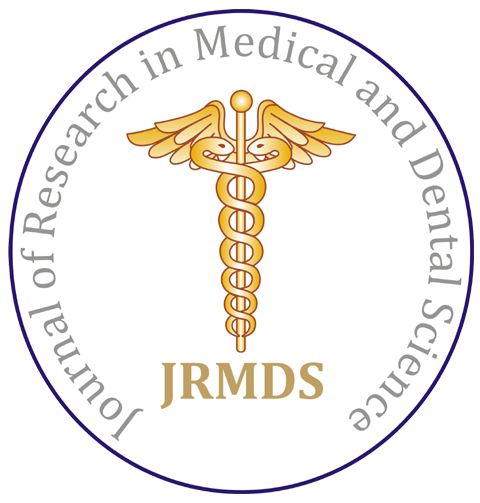Lower Incisor Inclination and Bony Support in Class II Skeletal Pattern Patients-CBCT Study
Author(s): Murshida Marizan Nor*, Marhamah Manan, Alizae Marny Mohamed, Tanti Irawati Rosli and Azrul Hafiz
Abstract
Aim: To Identify the dentoalveolar morphology features in relation to different inclination of the mandibular incisors in Class II skeletal pattern patients using a dental cone-beam computed tomography (CBCT).
Materials and methods: A total of 180 CBCT records were collected from subjects aged between 17 to 35 years old. The subjects were classified into its incisor inclination (procline: 91 subjects and upright: 88 subjects) according to the cephalometrics norms. The buccolingual thickness and alveolar bone height of the mandibular incisors were measured using iCAT Vision Software Interface.
Results: The upright group had significantly greater alveolar bone height compared to the proclined group (P<0.05). The alveolar bone thickness was significantly thicker at 9.13 ± 2.14mm in proclined mandibular incisors compared to the upright group 7.97 ± 1.78 mm (P<0.05). The lingual alveolar bone was significantly thicker at the mandibular lateral incisors than central incisors in both upright and proclined group. The inclination of the lower incisors has negative correlation with total bone height at the central incisors. Significant association observed between incisor inclination with the total bone thickness and labial part of total bone thickness.
Conclusion: There is a significant relationship between lower incisors inclination with alveolar bone height and thickness surrounding the mandibular symphysis.
